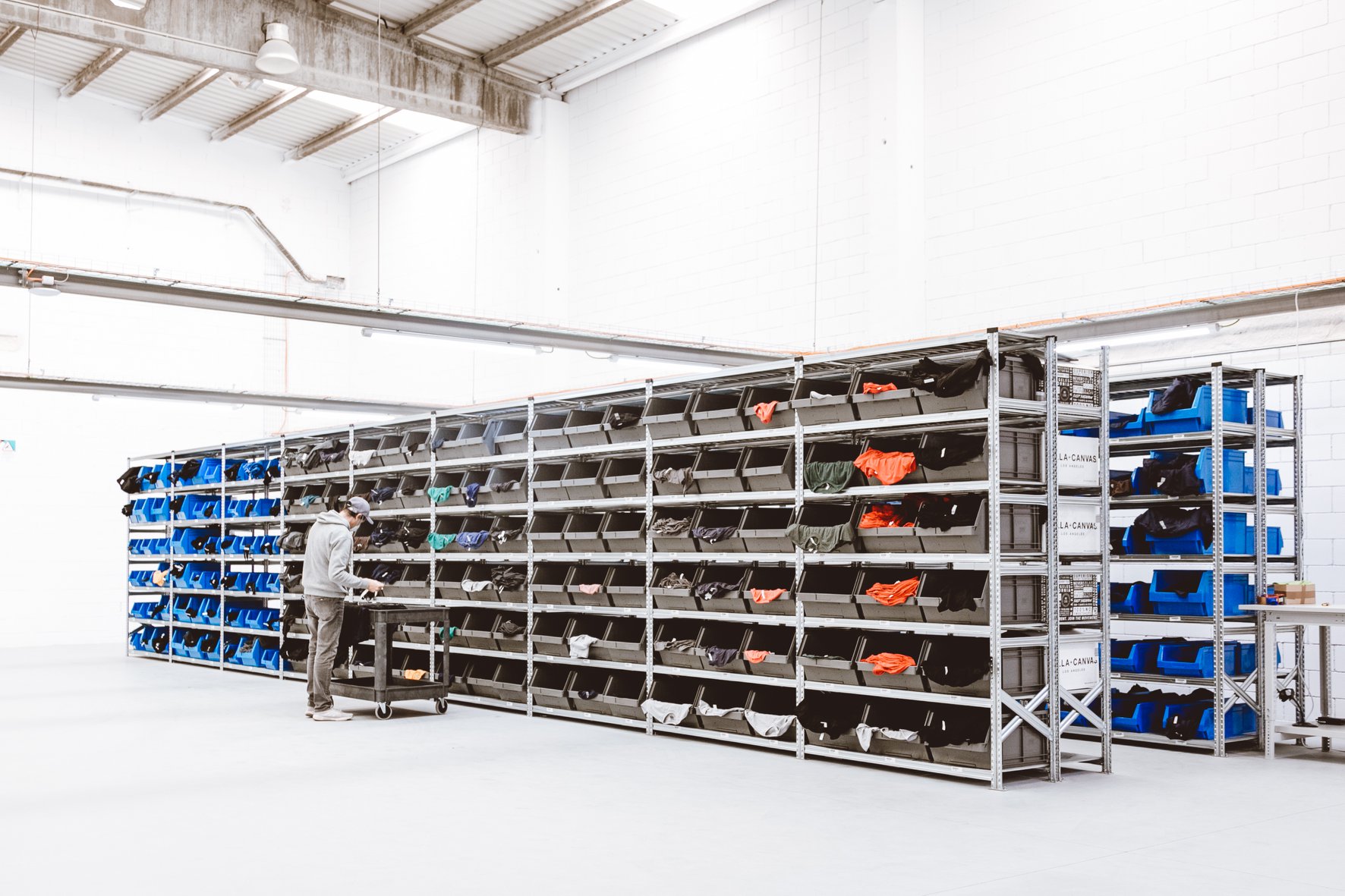Printful shares insights on using artificial intelligence in print-on-demand
.jpg?width=750)
Printful, the print-on-demand drop shipping company, shares insights on how artificial intelligence (AI), especially machine learning (ML), is helping the company identify illegal content, and making sure thousands of customers don't order products with poor quality designs.
Printful was founded by people with a strong IT background, that's why the company approaches the on-demand printing business with the knowledge of automation, technology innovation, and process optimization.

One of the ways the company uses machine learning is for detecting customer-uploaded image transparency. When printed, images that have high transparency often look different from what was previewed on a screen. To make sure customers can fix their images before moving to fulfilment, Printful's algorithm warns the customer about possible colour differences in the print file.
A Printful employee can manually check up to 10,000 files per month whereas a ML tool can process the same amount of files in 2 to 4.5 minutes. “We have to make sure our customers get quality products, and with the help of machine learning, we can help thousands of customers by improving their experience every day. We wouldn't be able to do that just by ourselves,” says Janis Akmentins, Head of Engineering at Printful.

Printful also uses Smart Image Tool—an ML tool that's trained to recognize the DPI (dots per inch) of images uploaded in Printful's Mockup Generator. If an image has a low DPI and risks yielding poor print results after being resized or otherwise adjusted in the Generator, the tool doubles the DPI. As a result, the customer can make their image larger without compromising quality.
Amazon Rekognition is an ML tool that Printful specialists use to detect copyright violations and avoid printing fraudulent or illegal content. This tool can identify texts, labels, recognize politicians, and other celebrities. In cases where Rekognition is unsure whether the file content violates copyright, Printful's Content Team reviews them manually.
Topics
Interested in joining our community?
Enquire today about joining your local FESPA Association or FESPA Direct
Recent news

The importance of ink for large format printers
Ink is crucial for large format inkjet printers, influencing substrate compatibility, productivity, and cost. Nessan Cleary discusses the three main types which include UV-curable ink, latex ink and eco-solvent ink. Each ink type has specific strengths and weaknesses, making printers choice dependent on budget and intended applications.

What are the benefits of Direct-To-Fabric printing?
Direct-to-fabric printing is gaining popularity for high-volume textile production, enabling on-demand, customized short runs. These printers offer ink flexibility, accommodating various fabric types like cotton and silk, though ink development focuses on faster turnaround by reducing pre- and post-processing. Compared to traditional methods, direct-to-fabric inkjet printing is a more sustainable option due to reduced water and chemical usage, and localized production.

What are the opportunities for large format providers regarding digital touch screens?
Digital touchscreens are becoming increasingly common, offering businesses opportunities to improve customer engagement and streamline operations. Nessan Cleary shares, while more expensive to implement than standard digital displays due to complex software and integration needs, touchscreens provide self-service options, multilingual support, and can reduce staffing costs in various settings like retail, transportation, and healthcare.
